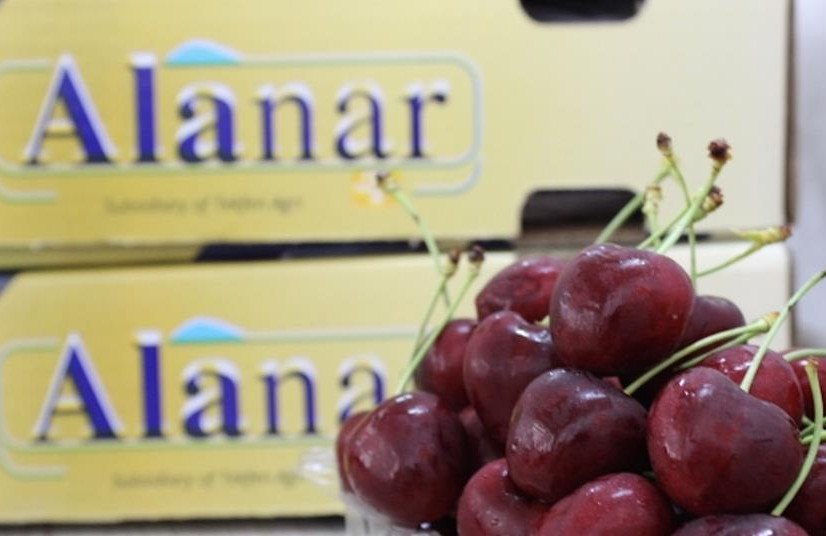According to a Central Otago cherry grower, farmers who install their own solar systems could save New Zealand from the energy crisis if the government allowed them to enter the energy market.
Mike and Rebecca Casey have installed a 100kW solar system on their 9-hectare cherry farm, Forest Lodge Orchard, on Mount Pisa. The price of electricity had recently increased due to historically low levels in the South Island’s hydroelectric lakes.
“The only way we can start to hedge our operations from the rising prices in the spot market is to start generating our own electricity,” said Mr. Casey during the recent Beef + Lamb AgriInnovation Summit in Alexandra.
Casey called on the government to amend the tariff system so that farmers could install solar systems and participate in the energy market. “This government talks about free markets, but right now it’s not a free market, only the big players can participate,” he said.
The current average retail price for electricity from the grid is about 34 cents per kilowatt-hour. If the cost of a solar system of his scale, spread over 25 years, is around 3.6c/kWh. Financing the solar system with a 5.5% loan over 15 years raises the cost to almost 7c/kWh. Financing the 300kWh batteries increases the system’s cost by another 24c/kWh.
The total cost of a system to generate solar power and store the energy in a battery is nearly 31c/kWh less than purchasing from the national grid. It’s not encouraging anyone to disconnect from the grid.
“I want to generate as much energy as possible to bring down the average cost per kilowatt-hour,” he said.
Born in Wellington, Casey moved to Sydney after university and created the website GradConnection, which connects university students with their first job, a company he sold to Seek in 2019. Upon returning to New Zealand, he started his orchard of 9,300 cherry trees.
His orchard uses only electric machines, including a car, an electric tractor, frost fans, and foliage sprayers. The electric machinery cost him about $400,000 more than purchasing an equivalent fossil fuel-powered alternative when he began buying them in 2020.
However, using electric machines powered by electricity instead of fossil fuels saved him about $33,000 in energy costs annually. Electric machines are now cheaper to buy, so the payback period will be shorter. “We’re at a tipping point where it’s cheaper to finance a new electric machine than to burn fossil fuels in an old one.”
 Image 1: GSI Partners Christchurch Director Sean Lysaght, Vero Rural Insurance Solutions Executive Manager Sonya Whitney, and Forest Lodge Orchard owner Mike Casey.
Image 1: GSI Partners Christchurch Director Sean Lysaght, Vero Rural Insurance Solutions Executive Manager Sonya Whitney, and Forest Lodge Orchard owner Mike Casey.
He had signed a contract with the utility company Aurora that allowed him to buy and sell energy at a wholesale rate. He could now buy energy when it was cheap, store it, and sell it when it was expensive. “Next time I talk to you, I hope I can tell you I’ve turned our electricity bill into a $10,000 revenue stream for our farm.”
Farmers wanting to install a solar system should pay about $1,000 per kilowatt for panels and about $800/kW for a battery. Mr. Casey said his 100kW solar system cost about $100,000, including installation.
The system was able to generate about $22,000 in electricity annually at the wholesale market rate for the last five years, making the payback period about five years. His solar panels were guaranteed for 25 years, and he expected them to last up to 35 years. The batteries were guaranteed for 10 years, and he expected them to last at least 15 years.
He bought the solar panels from a supplier and hired a builder to install them and an electrician to wire them, which he said was a much cheaper way to do it. The cost of installing solar power in New Zealand was about double that in Australia because the market in Australia was more competitive.
Installing his solar system did not require any permission from the local council. Mr. Casey’s first solar panels were installed on the roof, which, in hindsight, was a mistake. The panels were hard to clean, which needed to be done at least twice a year. “It’s much easier to put them on the ground and use a leaf blower when it snows,” he said.
He could sell his “electric cherries” at a premium via mail order to “climate and energy nerds in Auckland and Wellington.”
No one paid a premium for his cherries on the export market. He launched the charity Rewiring Aotearoa, aiming to electrify 10 million fossil fuel machines by 2030. “If we succeed, New Zealand could become the first electric economy by 2040.”
Read the full article: Rural Life
Image: The Country
Cherry Times - All rights reserved













